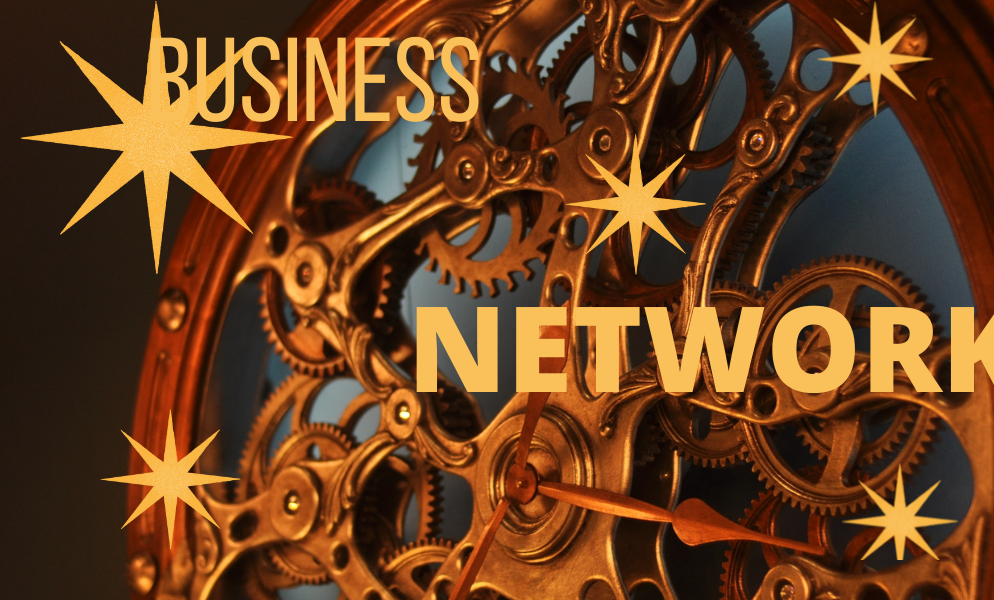Amazon Supply Chain Business
After delivery drones, Amazon has created yet another news sensation! This time with predictive shipping and patenting it. In this article, Cathy Morrow Robertson describes Amazon’s latest leap:
Latest Leap Of Amazon Supply Chain Business
"Based on previous orders, product searches, wish lists, shopping cart contents and other online customer experiences, Amazon has received a patent for what it calls "anticipatory shipping" - shipping products that it expects customers in a specific area will want to purchase.
Flow charts abound in Amazon's patent filing that outlines the different ways how this shipping will work.
Based on analysis of the vast data Amazon collects on customers and visitors to its website (and maybe via social media websites) it will send items to hubs or maybe even by-pass these hubs all together, without specific addresses on the packages, to regions in which it expects the item(s) to sale.
These items may be offered at a special price and, if sold, addresses will then be generated and delivered.
The use of barcodes are utilized to monitor the packages and there are proposed processes to handle returns outlined in the patent application. For more specifics, read the patent filing in full here.
This new shipping process is what many are describing as a way for Amazon to further cut delivery costs and times- by moving goods closer to the customer ahead of time and then offer same-day or next-day delivery."
This is even more intense than Google's predictive search function. Here, Amazon presumes to know more about you than you know yourself.
Before you even order something, they will ship it in the knowledge that they can make money doing it! How is this possible? Before jumping into any analysis, let's go back a few centuries to before the industrial revolution.
Every piece of clothing, every shoe, in fact almost everything was hand made for the individual buyers that needed it.
With the industrial revolution, the cost of production went down by such an amount that it paid to mass produce goods in the hope that someone would buy it later.
Most of the goods were sold to buyers who walked in as and when they needed the goods and unsold inventory was disposed of at lower prices.
Overall, sellers made huge profits due to increased volumes. Later, methodologies including statistical analysis of buyers' aggregate demand patterns yielded better inventory optimisation opportunities to lower costs even further in this make-to-stock world. Now, Amazon is moving the goal post one step closer to buyers with this new paradigm of ship-to-stock.
This heralds a massive transition from the industrial revolution to the information revolution. As more and more data about customers is collated, verified, parsed and analysed, behavioural patterns emerge allowing Amazon to identify buying triggers and propensity. I do not want to go into a lot of detail of BIG DATA or behavioural pattern scoring through business intelligence algorithms.
That they are very effective is illustrated by several case studies in my book “The 5-STAR Business Network“.
I write not only about Amazon, but also Target and other retailers, who use these advanced techniques to optimise their profits for each and every transaction. This is called Transaction Optimisation Profitability (TOP) in my above named book, which include differential pricing, bundling, customised offerings, coupons, and other means of sophisticated revenue maximisationThis drive to simultaneously minimize the costs and maximise the revenues on each and every transaction is called Transaction Optimisation Profitability (TOP) in my above named book. Amazon's reported leap to ship-to-stock may even help it stay on top of the TOP game. In one swoop it will dismantle one of the biggest objections to online shopping – having to wait for the items. At the same time, with its superior knowledge of you, the customer, they can offer just the right price that will entice you to make the purchase once the item is shipped. As a backup for unpurchased items, it will have to negotiate very good shipping rates for returns with the courier companies who are benefiting immensely from the online shopping boom (where are people who predicted the death of courier companies after faxes and emails replaced physical paper?) An even more sophisticated strategy would be to buy or create a chain of specialist stores where a package with your name on will always be waiting for you just in case you want to purchase what you have been browsing online. This will totally change the face of retail from "Stack it high, and sell it low (or, in some cases sell it high)" to "stack it close, sell it fast". There will be several possible consequences. Not only could this be the final nail in the coffin of traditional retail as we have known it for the last 50 years, but it could also mean that only a few traditional retailers (those who are well advanced with their own big data applications) will be able to survive such a massive business model transformation. I would not like to name those most likely to become the road-kill but it seems likely that Target will give Amazon stiff competition. Moreover, you may find that Amazon is in the market to buy one of the smaller chains with access to the last mile – e.g. 7-11, or another corner store. Alternatively, you may find them starting their own chain similar to Fed-Ex Kinko and the UPS store. If you are working in the private equity arena, then you will notice that such chains as Pack-and-Send will become far more valuable in future. I have tried to keep the technical jargon to minimum in this above blog post, and focused mainly on the business impact. Yet, some of the terminology or concepts may not be fully understandable to some non-technical people. Got something to ask or discuss, please feel free to contact me (I am sure you can find how). Over the next couple of weeks, keep an eye on more blogs on the fate of traditional retail, how Amazon's trendsetting move will impact industries as diverse as shopping centres and courier companies. On a final note, it also raises interesting questions about patents – because you could argue that allowing patents on predictive shipping is the same as allowing patents on mass production or the industrial revolution!




